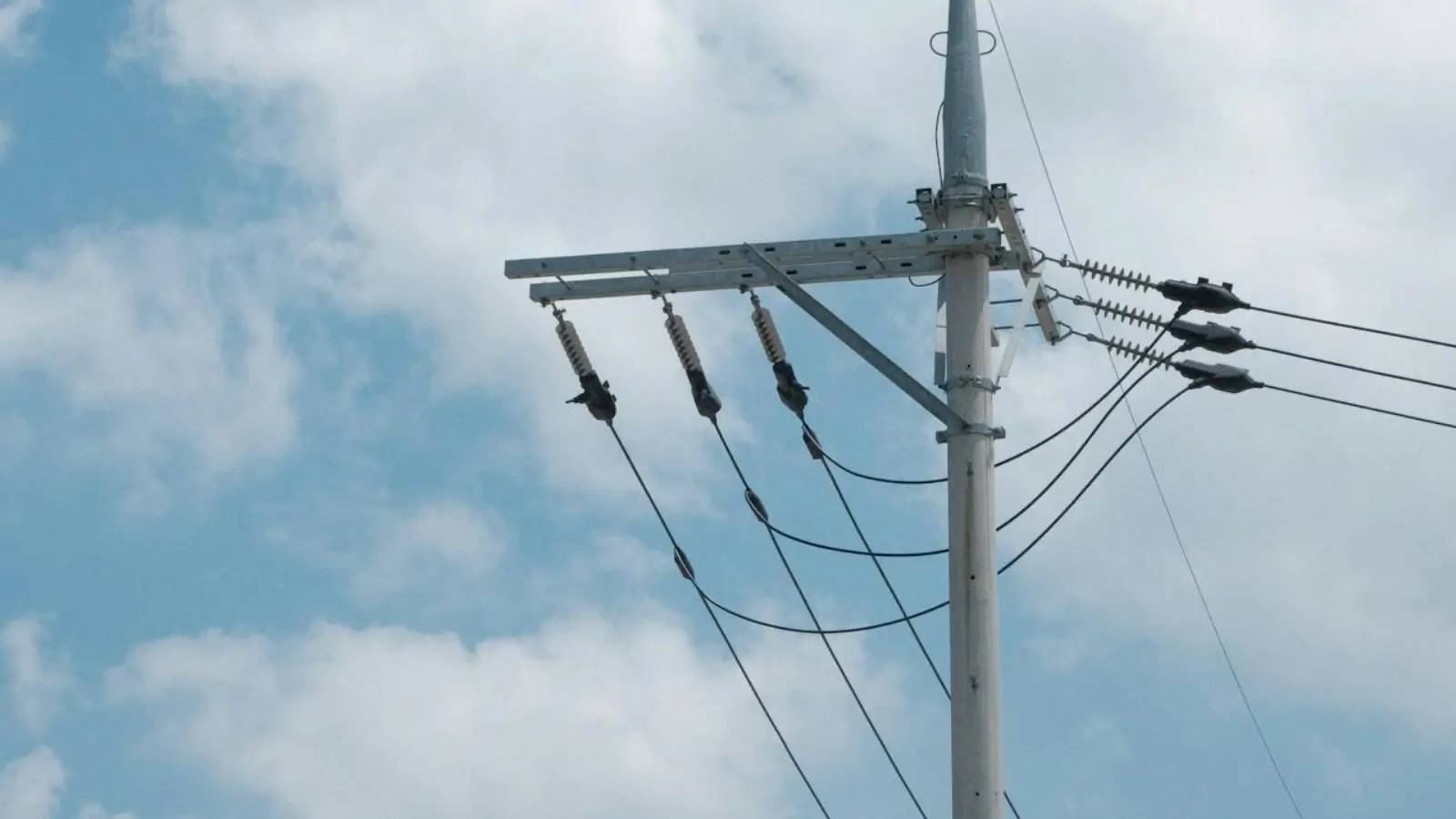


Grid hardening and infrastructure resilience depend on the reliability of their key components. Steel poles play an indispensable role in reinforcing the power supply system. By strategically deploying these poles, a utility construction company can help control outages and enhance overall network resilience. Here are several ways steel poles contribute to grid hardening and infrastructure resilience:
Steel poles can outperform other materials in harsh weather conditions. Their high strength helps them withstand ice and wind, allowing them to remain standing during different seasons. A utility construction company uses steel to promote structural stability under intense stress.
Wooden pools may break easily or rot in snow-heavy or hurricane-prone regions. Steel poles retain their form and function under such conditions, reducing outages and maintenance needs for investor-owned utilities and rural co-ops alike. When poles remain intact, power restoration may become faster and safer for crews and customers.
Steel poles facilitate the deployment of innovative grid technologies; their design enables the secure mounting of sensors, fault indicators, and communication systems. Utility construction companies use them to enable real-time management and remote diagnostics. Steel poles may also improve grounding connections, helping to control lightning damage and increase system uptime.
As utilities move toward automation, these poles provide the physical support needed for modern tools. Both public and private entities require adaptable infrastructure, and steel poles provide a system that is prepared for ongoing technological upgrades and future expansion. They serve as a future-ready asset for utilities embracing modern transformation.
Steel poles optimize implementation during emergency restoration and planned construction, potentially making on-site assembly faster and reducing installation time. A construction company can install steel poles with fewer crew members and less equipment. During outages in storm-damaged or remote areas, immediate response is key. Steel poles are lightweight when compared to wood structures, and they have standard dimensions. These features can promote easy transport and quicker deployment. This agility may benefit private utilities and rural mutual organizations by helping them reach regions and populations with limited connectivity.
Proper vegetation management is a key factor in preventing wildfires and outages near power infrastructure. Steel poles may support safer clearance procedures by improving right-of-way safety and reducing vegetation-related incidents. Their smooth surface helps deflect debris and branches. This helps minimize contact during storms, making line operations safer and quicker. Utilities can also maintain clear trenches around lines, reducing the risk of outages caused by fallen limbs. Steel poles may simplify compliance with landscaping regulations and support wildfire mitigation efforts.
A standardized pole design allows for quick deployment and recovery during emergency management situations. Steel poles, manufactured in controlled environments, offer consistent quality and precise engineering. Their modular segments simplify field assembly, reducing line-worker exposure time. This efficiency enables utility companies to shorten service interruptions and restore operations quickly. Unlike wood poles, which may split or break during transport, steel maintains dimensional accuracy. Utility construction companies are able to complete emergency repairs more rapidly, helping to minimize customer outage time.
Steel poles offer utility construction companies a reliable path toward grid hardening and infrastructure resilience. Their long lifespan, smart grid compatibility, and high strength make them a preferred choice for modern utility planning. By integrating these poles into grid scaling, project owners can enhance connection reliability while meeting company standards. Steel poles are also a dependable solution for enhancing long-term grid resilience as management and environmental challenges grow. They can benefit utilities aiming to strengthen their networks by providing durable, low-maintenance support structures that perform well under extreme conditions. Contact a reputable utility construction company to learn more.